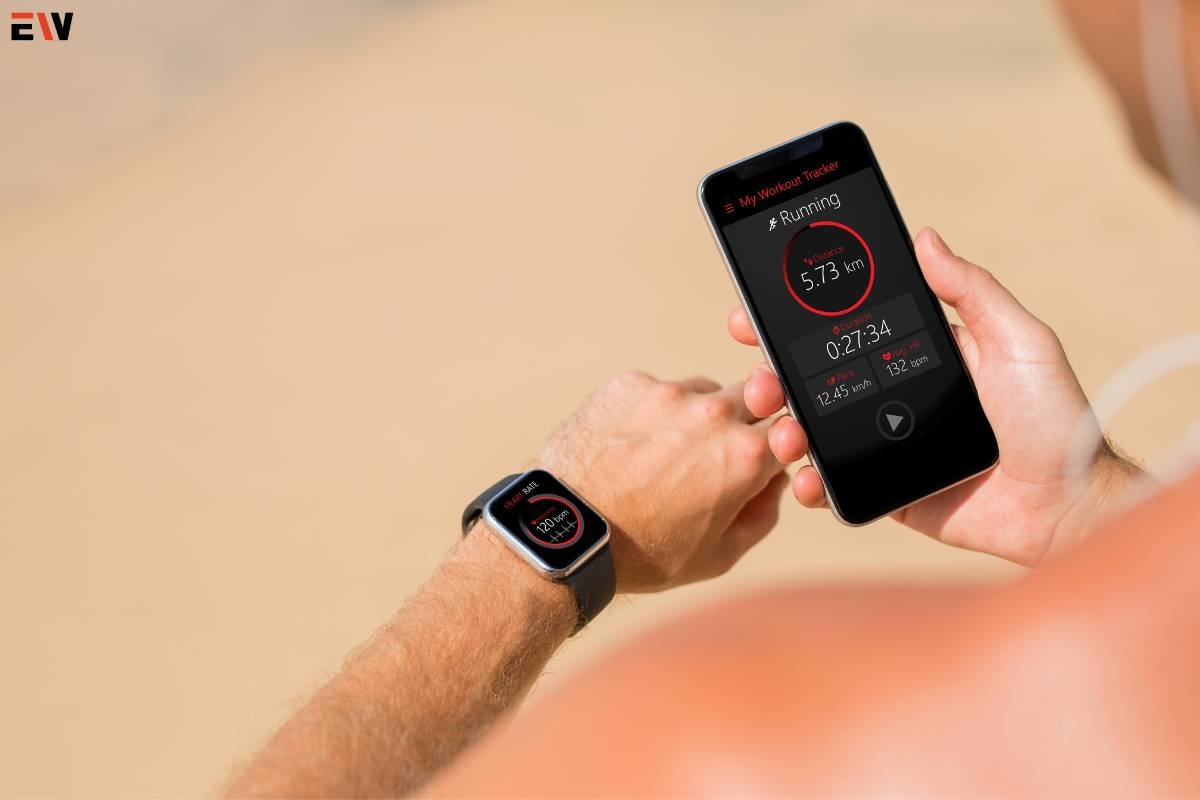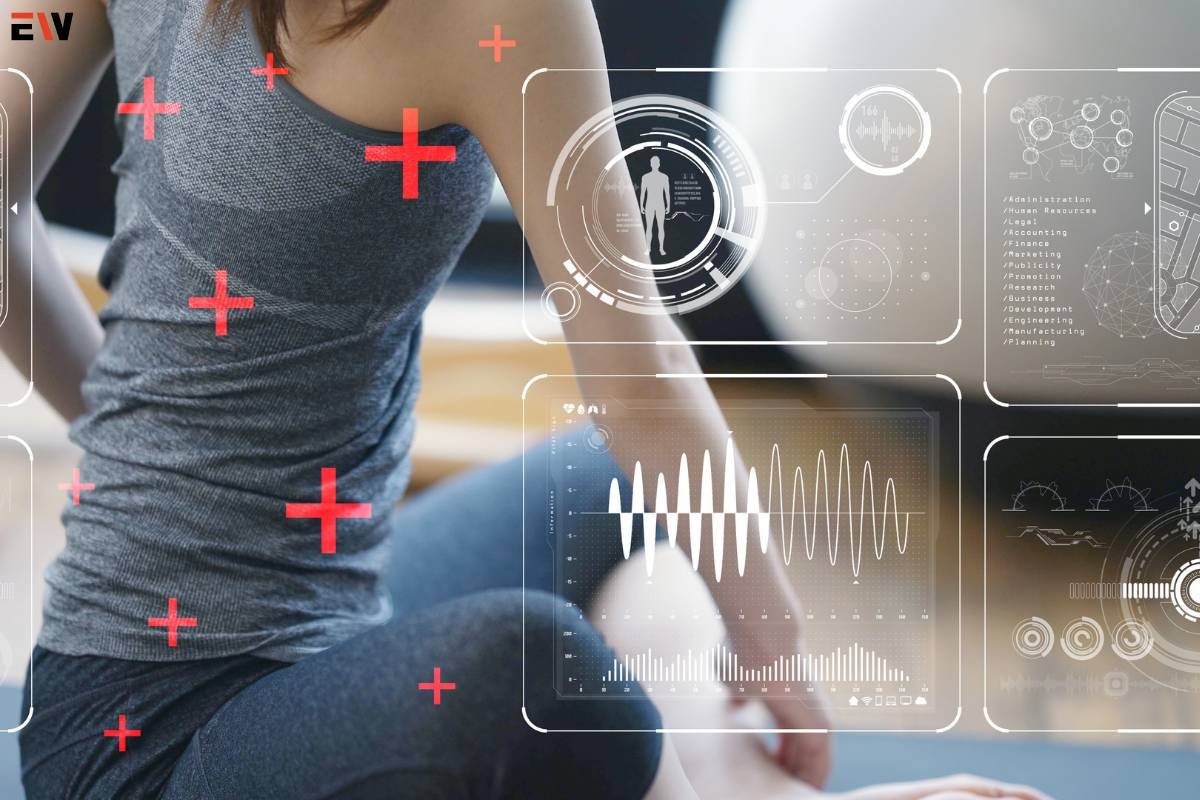In an era where technology continues to infiltrate every aspect of our lives, the realm of personal wellness is no exception. Wearable health tech has emerged as a revolutionary force in the pursuit of improved health and well-being. These devices, ranging from fitness trackers to smartwatches and even smart clothing, have become integral tools for individuals seeking to monitor and manage their health proactively.
This article delves into the fascinating world of wearable health tech, exploring its rapid rise and the transformative impact it is having on personal wellness.
1. The Evolution of Wearable Health Tech
Wearable health tech has come a long way since its inception. Early iterations of health-focused wearables were primarily pedometers, designed to count steps and estimate daily calorie expenditure. While these devices provided some insight into physical activity, they lacked the sophistication and versatility of today’s wearable technologies.

The turning point for wearable health tech came with the introduction of the first fitness trackers in the early 2010s. These devices, often worn on the wrist, could not only count steps but also monitor heart rate and track sleep patterns. The combination of these features allowed users to gain a more holistic view of their physical health and make informed decisions to improve it.
Smartwatches, which evolved from fitness trackers, expanded the capabilities of wearable health tech even further. With the ability to connect to smartphones, smartwatches provided users with notifications, GPS tracking, and a wide range of health and fitness apps. They also introduced the concept of continuous heart rate monitoring, enabling individuals to track their heart health in real-time.
Today, wearable health tech has gone beyond simple step counting and heart rate monitoring. These devices can track a multitude of health metrics, including blood pressure, oxygen saturation, body temperature, and even electrocardiograms (ECGs). Some can even detect falls and issue alerts in case of emergencies, making them indispensable for older adults and individuals with specific health conditions.
2. The Transformative Impact on Personal Wellness
The rise of wearable health tech has had a transformative impact on personal wellness in several ways:

- Enhanced Health Monitoring: Wearable health tech provides individuals with a continuous stream of data about their health. By analyzing this data, users can identify trends and patterns, enabling them to make proactive changes to their lifestyle. For instance, tracking sleep patterns can help users improve their sleep hygiene, while monitoring heart rate can detect irregularities early on.
- Increased Physical Activity: Fitness trackers and smartwatches encourage physical activity by setting daily step goals and providing real-time feedback on exercise sessions. This motivation has a tangible impact on improving users’ overall fitness levels and reducing sedentary behavior.
- Personalized Health Insights: Many wearable devices use artificial intelligence (AI) algorithms to provide personalized health insights. They can offer recommendations based on an individual’s specific health data, helping users make informed decisions about their diet, exercise, and sleep habits.
- Chronic Disease Management: Wearable health tech is increasingly being used to manage chronic diseases such as diabetes, hypertension, and heart disease. These devices can track relevant health metrics and send alerts if readings fall outside normal ranges, enabling timely interventions and reducing the risk of complications.
- Mental Health and Stress Management: Some wearables are equipped with sensors to monitor stress levels and provide relaxation exercises or guided breathing techniques. This holistic approach to wellness addresses not only physical health but also mental well-being.
- Faster Response to Emergencies: Wearables with fall detection and SOS features can be lifesavers, especially for older adults or individuals living alone. These devices can automatically alert emergency services or designated contacts in case of a fall or sudden health issue.
- Empowering Patient-Doctor Relationships: Wearable health tech allows individuals to share their health data with healthcare providers, fostering more informed and collaborative relationships. Doctors can use this data for remote monitoring, early intervention, and better treatment decisions.
3. The Future of Wearable Health Tech
The future of wearable health tech holds even more promise. As technology continues to advance, we can expect to see several exciting developments in this field:

- Advanced Health Sensors: Wearable devices will incorporate more advanced sensors, allowing for even more precise and comprehensive health monitoring. This may include sensors for monitoring blood glucose levels, hydration status, and even DNA analysis.
- Integration with Telemedicine: Wearables will play a more significant role in telemedicine, enabling remote consultations with healthcare professionals. This will be particularly beneficial for individuals in remote areas or those with limited access to healthcare services.
- Wearable AI Assistants: AI-powered virtual assistants within wearable devices will provide real-time health advice, answer medical queries, and assist with medication management.
- Enhanced Battery Life: Longer battery life will make wearables more convenient, reducing the need for frequent recharging and ensuring continuous health monitoring.
- Fashion and Design Integration: Wearable health tech will become more aesthetically pleasing and seamlessly integrated into clothing and accessories, reducing the stigma associated with wearing health devices.
Conclusion
Wearable health tech has risen from a humble step counter to a powerful tool for transforming personal wellness. Its ability to monitor and provide insights into various aspects of health, coupled with its potential for early disease detection and management, makes it an indispensable part of modern healthcare. As technology continues to evolve, the future of wearable health tech promises even more exciting possibilities, ensuring that it remains at the forefront of the personal wellness revolution. Embracing this technology can empower individuals to take charge of their health and lead healthier, more fulfilling lives.










